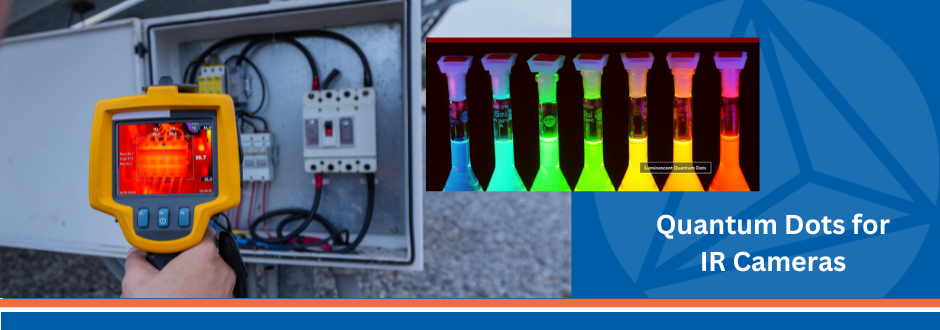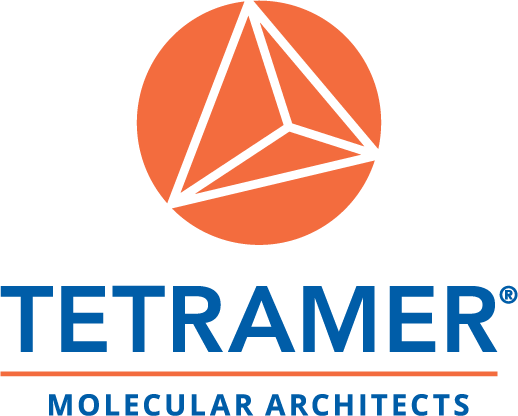In collaboration with researchers at the University of Chicago, Tetramer Technologies LLC has been awarded a US Army Small Business Technology Transfer (STTR) Phase II contract to work on Colloidal Quantum Dots (CQDs) and infrared photodetectors (IRPDs). Quantum dots can reduce manufacturing costs and improve reliability and performance of IRPDs. This is a roughly $1MM program working in close collaboration with Dr. Dmitri Talapin’s research group at the University of Chicago and industry partners.

Infrared photodetectors (IRPDs) are used in SWIR (Short-Wave Infrared) cameras to detect infrared light and convert it into an electrical signal. They are utilized in applications from night vision and thermal imaging to environmental monitoring, medical diagnostics, and consumer electronics.
Today’s infrared sensors use materials such as Mercury Cadmium Telluride (MCT) that can be costly to produce and require integrated cooling systems to operate effectively. Additionally, these materials are challenging to shape into anything beyond flat 2-D forms, limiting their versatility in more advanced sensor designs. As a result, current IR cameras come with a significant price tag, typically ranging from $30,000 to well over $100,000. These high costs are a barrier to using IR sensors in various applications that impact both the U.S. armed forces and the general public.
Alternatively, the use of Colloidal Quantum Dots (CQDs) in IRPDs for SWIR cameras holds the potential to significantly reduce costs and improve performance compared to current systems. However, today’s production techniques for QDs used in IR sensor absorbers suffer from substantial batch-to-batch variability, resulting in high failure rates for sensors. This Small Business Technology Transfer (STTR) program will work on CQD IR absorbers with predictable and consistent properties. This will enhance the reliability and reproducibility of CQD-based IR absorbers, making them more affordable and suitable for use in a variety of IR photodetector applications.

Leading the effort of the University of Chicago group, Dr. Dmitri Talapin, Distinguished Service Professor in the Department of Chemistry at the University of Chicago said, “Quantum dots constitute an important category of optoelectronic materials for both military and civilian technologies. The University of Chicago team is delighted to collaborate with Tetramer on this project.”
In considering the potential impact of this program in the industry, Tetramer Principal Investigator, Dr. Stephen Hudson said, “This represents a huge opportunity to expand the capabilities and available applications for IR photodetectors. The ability to produce these Quantum Dots with high reproducibility would be an enhancement to the supply chain for IR sensor manufacturers, reducing their manufacturing costs and lowering barriers for new end-users to implement IR-based technologies. We expect this to have a dramatic impact on the IRPD market within the next few years.”
Dr. Jeff DiMaio, Tetramer CEO, commented on the assembled team, “Our collaborative team, which combines Tetramer’s experienced scientists with the talented researchers from the University of Chicago, is well-suited for the challenge. Building on the success of our Phase I project, our collective expertise closely aligns with the project’s objectives, which have implications not only for defense applications but also for consumers. I am confident that together, we will make substantial progress and drive innovation to benefit a broad range of users.”




